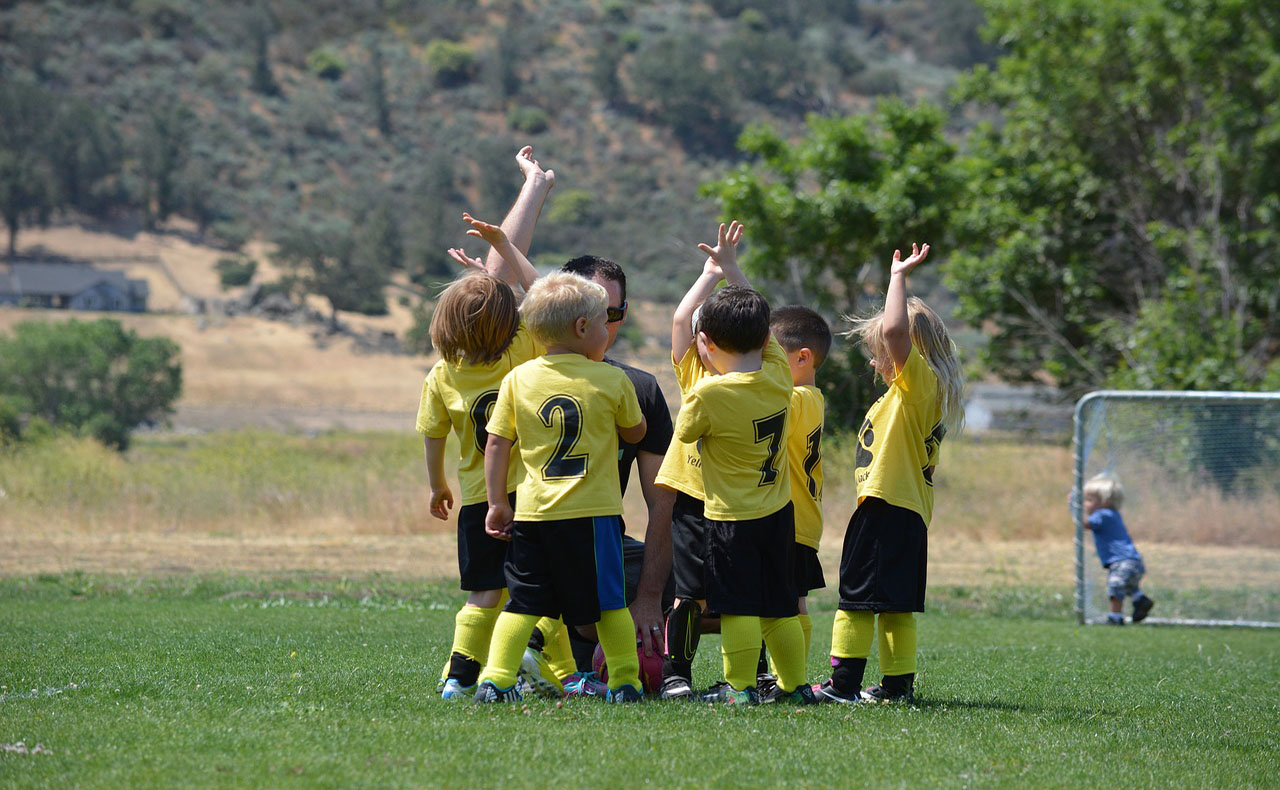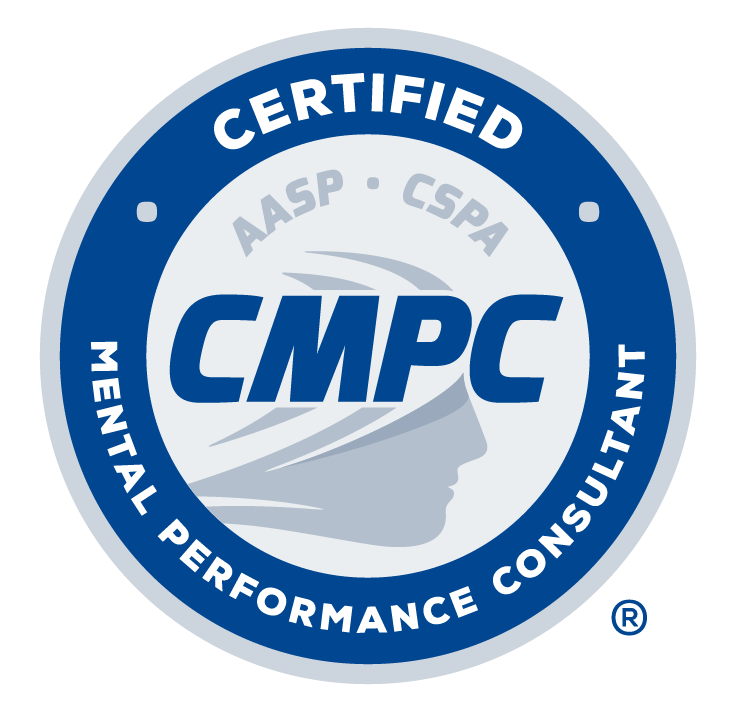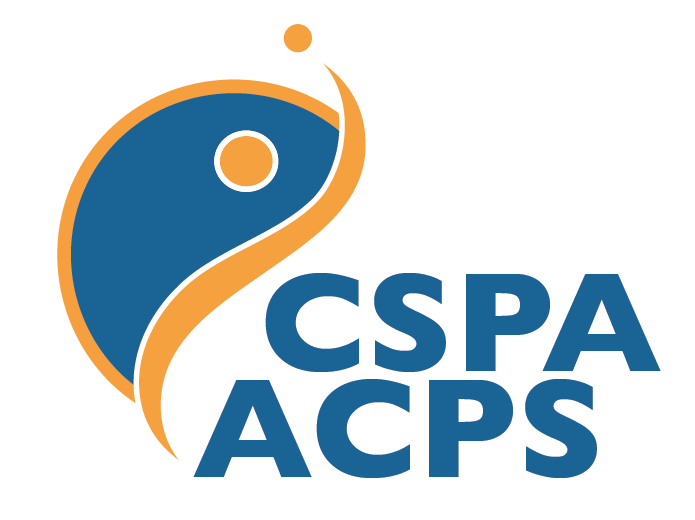From “Me” to “We”: Promoting Team Cohesion Among Youth Athletes

Published
Have you coached a high school sport program for many years? Have you volunteered to coach a youth sport team in a recreational league? Either way, team cohesion has a big impact on the success of your program and you as a coach.
What is team cohesion?
Cohesion is defined as a dynamic process of the tendency for a group to stick together and remain united to pursue instrumental objectives and satisfaction of member affective needs (Carron, Brawley, & Widmeyer, 1998). In a sport team, it can be viewed as the extent to which athletes are motivated to practice, compete as a team, and “hang together”. Cohesion is multidimensional, including:
- Task cohesion: the level of unity of a team in task performance (e.g., teamwork and task completion within sports such as working together to win a championship); and
- Social cohesion: the level of unity of a team in social aspects (e.g., social support and friendships outside of sports).
Why is team cohesion important?
Team cohesion positively predicts team performance, and team performance positively predicts team cohesion (Filho, Dobersek, Gershgoren, Becker, & Tenenbaum, 2014). In other words, if a team is more cohesive, it is more likely to perform well, which in turn will lead to a more cohesive team. This concept is especially important for youth athletes because it is also positively related to sport satisfaction, sport continuation, and youth development.
It is important to understand how task and social cohesion influence youth athletes in order to implement effective team building and coaching strategies. Some general considerations are:
- Task cohesion is more strongly related to optimal sport performance than social cohesion, demonstrating the importance of having congruent task-related goals such as making practice plans together
- Task cohesion is generally higher in teams that require working together during competition (e.g., track relays) than those that do not (e.g., cross country)
- High social cohesion could result in both functional and dysfunctional behavioral patterns such as enhancing motivation in a sport while creating difficulties for constructive criticism
- Motivational climates created by coaches are influential on task and social cohesion, thus highlighting the important role of coaches in creating optimal environments
Is team cohesion still important within an individual sport (e.g., golf)? Absolutely, because any sport team is a “team”! As soon as there is task or social interaction within a team, the concept of cohesion applies. As a coach, this answer should become clear when you ask youth athletes about why they play on your team — they will likely talk about their friendships and the fun that they experience within the sport (Visek et al., 2015).
As a coach, how can I improve team cohesion among my athletes?
A good starting point is to assess perceived cohesion from the athletes’ point of view. This can be done informally through individual or group conversations with your athletes. A sample question is: “How is your experience working with your teammates?” The key is to listen openly to their thoughts and feelings without judgment. Assessment can also be done more formally using existing validated questionnaires such as the Youth Sport Environment Questionnaire (YSEQ; Eys, Loughead, Bray, & Carron, 2009), which is designed for youth athletes.
After gaining an understanding of the current cohesiveness of your team, you may select some or all the following strategies to implement. In determining your next steps, it would be helpful to consider your sport, your athletes’ characteristics (e.g., age and gender), and your coaching philosophy.
- Team environment: Foster a strong sense of “we” instead “me” through team building activities, use of team slogans, and social interactions within and outside of the sport. One sample activity involves giving athletes a piece of paper and asking them to write down the word “me”. Then, have them flip the paper upside down so they see the word become “we”. During this process, facilitate a discussion of how the perspectives are different between “me” and “we”, and why the “we” perspective is important to adopt for better team performance and relationships. (Figure here.)
- Team structure: Instead of deciding roles for your athletes, offer them a chance to discuss their perceived roles and preferred responsibilities. This discussion can enhance teamwork and accountability, as well as empower athletes by giving them a choice in their team roles.
- Team processes: Focus on individual sacrifices and team cooperation to facilitate the process of building a strong team identity. Ask team captains to “take a new athlete under his/her wing”, involve all athletes in establishing task-related team goals beyond individual goals, and invite athletes of similar skill levels to discuss techniques and strategies to learn from each other.
- Team climate: Create an optimal motivational climate for your athletes to grow individually and as a team by utilizing the mastery approach to coaching (MAC; Smith, Smoll, & Cumming, 2007). For instance, when athletes make mistakes, you can encourage them to learn from those mistakes by praising their effort and giving them positive corrective instruction.
Improving team cohesion does not happen overnight. It is recommended that you reflect on your own coaching and team dynamics regularly in order to apply appropriate strategies to optimize both task and social cohesion. Starting to build your team early in the season and continuing your efforts throughout the season will likely make your team more cohesive and improve their performance.
References
Carron, A. V., Brawley, L. R., & Widmeyer, W. N. (1998). The measurement of cohesiveness in sport groups. In J. L. Duda (Ed.), Advances in sport and exercise psychology measurement (pp. 213-226). Morgantown, WV: Fitness Information Technology.
Eys, M., Loughead, T., Bray, S. R., & Carron, A. V. (2009). Development of a cohesion questionnaire for youth: The Youth Sport Environment Questionnaire. Journal of Sport & Exercise Psychology, 31(3), 390-408.
Filho, E., Dobersek, U., Gershgoren, L., Becker, B., & Tenenbaum, G. (2014). The cohesion-performance relationship in sport: A 10-year retrospective meta-analysis. Sport Sciences for Health, 10, 165–177.
Smith, R. E., Smoll, F. L., & Cumming, S. P. (2007). Effects of a motivational climate intervention for coaches on young athletes’ sport performance anxiety. Journal of Sport & Exercise Psychology, 29(1), 39-59.
Visek, A. J., Achrati, S. M., Mannix, H. M., McDonnell, K., Harris, B. S., & DiPietro, L. (2015). The fun integration theory: Toward sustaining children and adolescents sport participation. Journal of Physical Activity and Health, 12(3), 424-433.
Share this article:
Published in:





